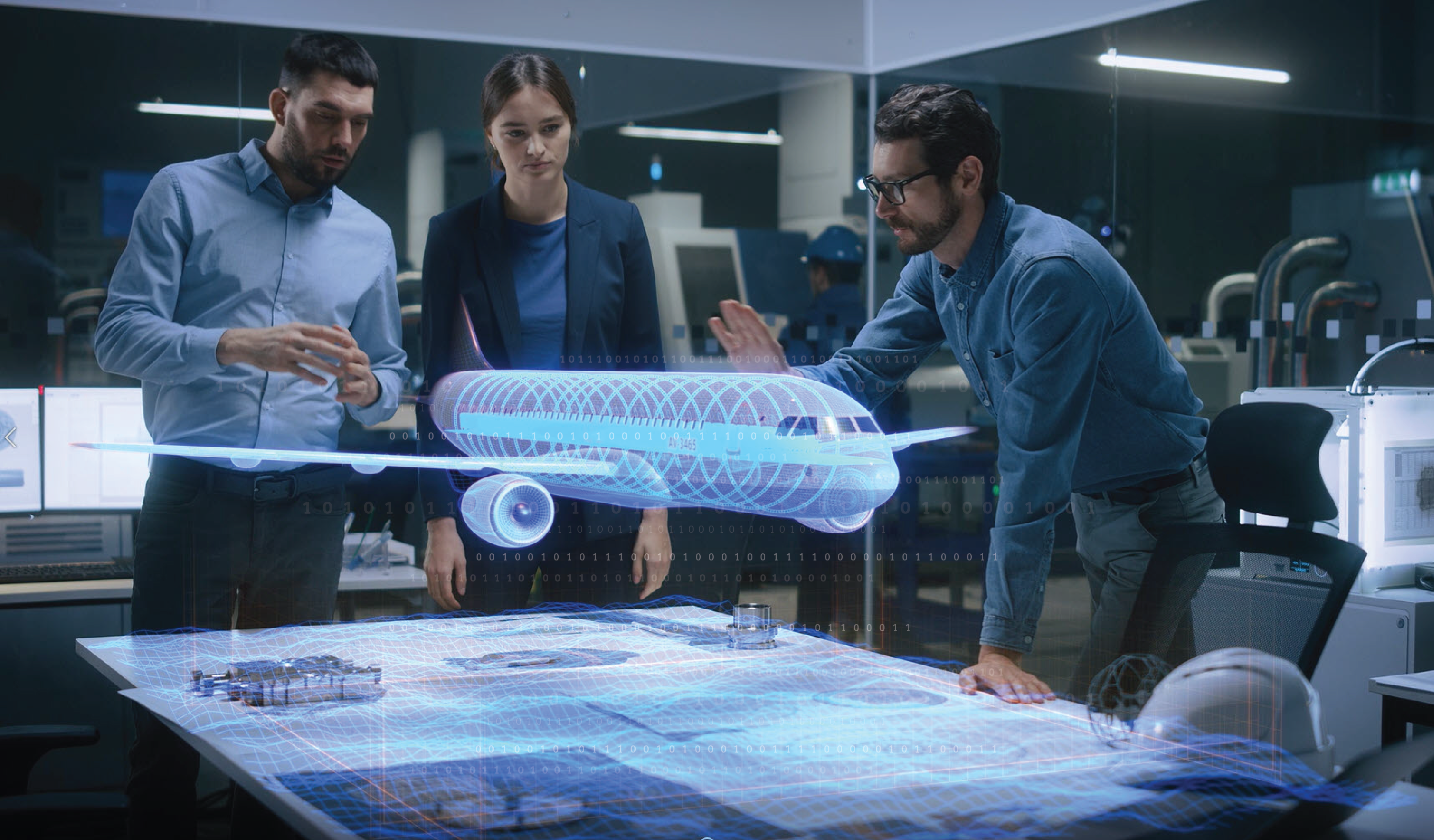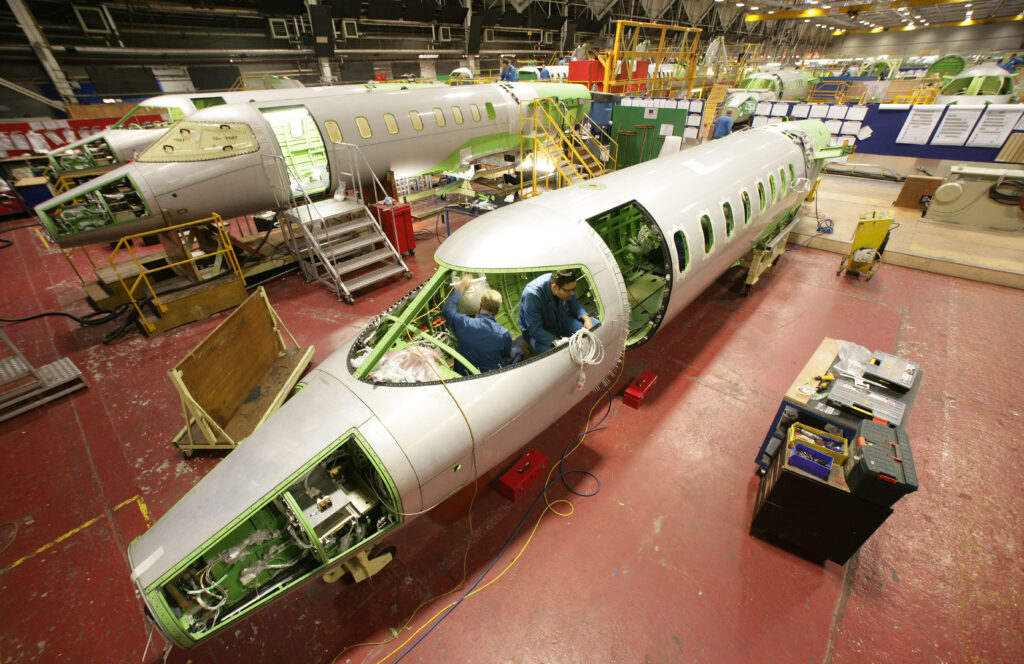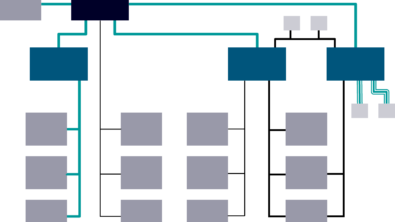Electrical systems development: Rising complexity on aircraft platforms

We are seeing plenty of promising new trends and innovations in the A&D industry these days.
While extremely exciting, the prospect of a more electrical platform can prove quite challenging for many of our customers. The ongoing demand for increased platform performance, coupled with the demand for implementing more capabilities using electrical systems, makes the development of these programs a high-risk endeavor.
So what’s an electrical engineer or program manager to do? From an EVTOL startup to established commercial aircraft OEMs – they all face similar challenges when it comes to a more electrical platform. The industry is constantly looking for ways to control costs and improve collaboration.
With the need for more platform electrification, my colleague, Steve Caravella and I have just completed a much-needed white paper on this very topic. I urge you to download “A closer look: next generation electrical system platform development.”
Take the time to read this paper if you have anything to do with aerospace electrical.
How a model-based approach to electrical systems development changes everything
The paper cites just how pervasive electrical systems have become. The Siemens Capital E/E Systems development solution, a newly announced approach that deals with more electrical platforms, is discussed in the paper. Capital supports a model-based approach that is integrated across the product lifecycle of system design, implementation, harness manufacture and into service.
The E/E systems are part of a wider program lifecycle within organizations and deep integrations are provided into PLM systems, such as Teamcenter, and other adjacent disciplines throughout the product development process. With the exploding complexity of E/E systems, development occurs in the context of Model Based Systems Engineering (MBSE). In order to achieve this, an E/E system integrates into other disciplines to deliver a truly integrated system development environment, including MCAD, PLM and ALM systems.

Final words
I hope you will download and read, “A closer look: next generation electrical system platform development.” The paper describes how a development environment employing a comprehensive digital twin of the platform electrical system reduces program risk. It discusses the importance of employing a mature and fully functional, multi-domain digital thread to enrich the digital twin throughout the platform’s lifecycle from definition, through design, into production and throughout its operating life.
The paper covers the role played by automation and reuse in reducing electrical system implementation risk.
Afterall, risk reduction is about increasing confidence and constraining outcomes, right? If OEMs are able to do this more effectively they’ll be able to focus on innovation and improve profitability.
And that’s a really exciting prospect.


